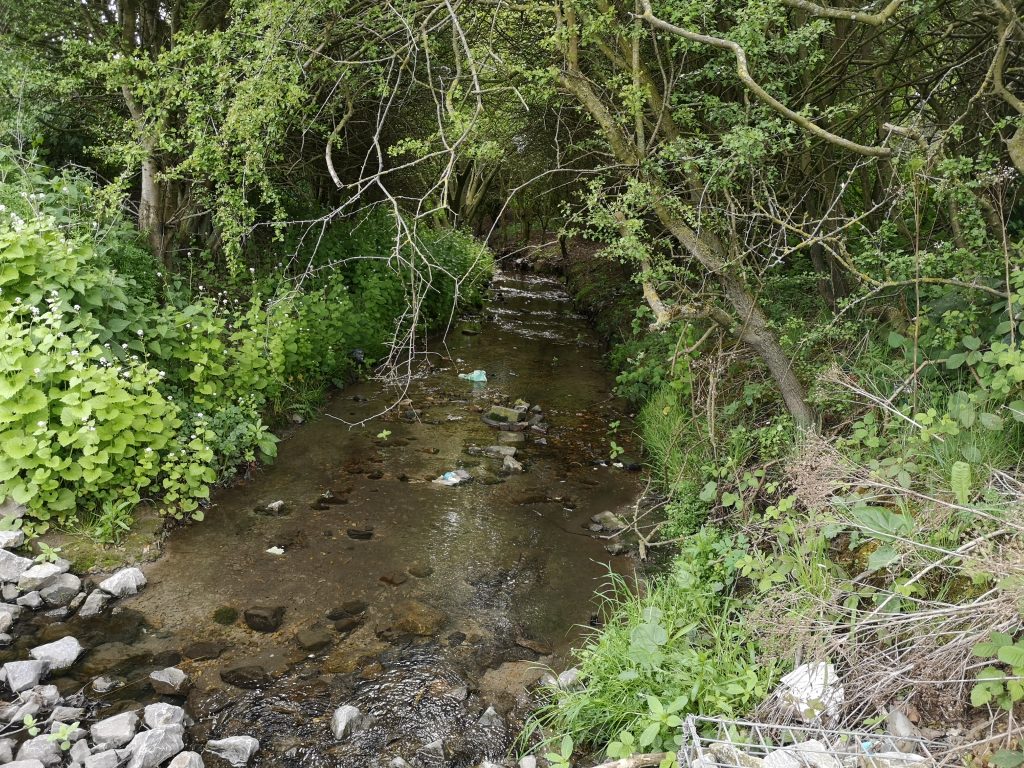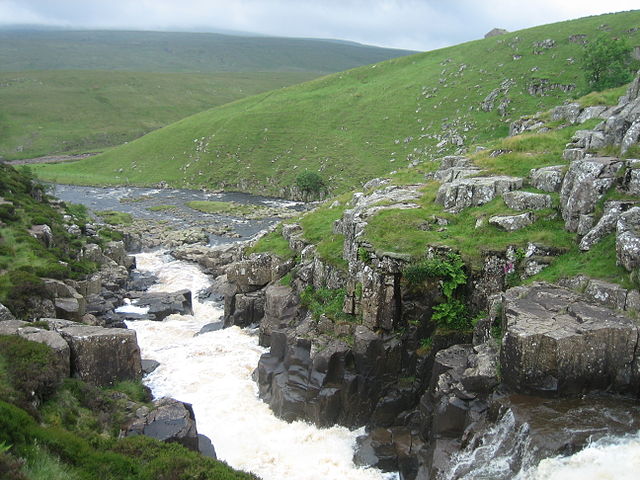COOLWATERS
The WRT are busy identifying areas which are need of additional shade for wildlife and protection from bank erosion. Planting trees in these locations ticks both these boxes as well as helping combat climate change.
PROJECT BACKGROUND
Prior to the arrival of agriculture and heavy industry, the River Wear and its tributaries would have flowed through vast areas of woodland and be well connected with its flood plain. Water levels would have remained at a consistent level, temperatures would have well-regulated and there would be large amounts of woody debris features in the channel to provide food and shelter for aquatic organisms. Since most of these trees have now been removed to make way for farming, towns and villages, the aquatic environment is now under threat from increasing temperatures and habitat degradation.
The riparian zone plays a critical role in keeping water temperatures cool. It is predicted that climate change will lead to an increase in both air and water temperatures of around 2 – 4 oC by 2050 (Environment Agency, 2016). In areas where there is little riparian tree cover this will lead to significant impacts on both terrestrial and aquatic ecosystems. Steps are therefore needed to ensure water temperatures are kept cool, especially for cold water species such as Brown Trout and Atlantic Salmon which are not just important in terms of wildlife but also economically through angling participation. The loss of riparian habitat also leads to deterioration in water quality, increased flood risk and loss of habitat as.
The River Wear catchment is characterised as a steep high energy system with a long history of changes in land use, drainage improvements and channel modifications. These include deforestation and drainage of the uplands, urbanisation, agricultural drainage, channel straightening, dredging and flood bank construction. These physical modifications have created a highly dynamic system, almost entirely disconnected with its flood plain, which has led to loss of many areas of riparian habitats.


PROJECT OBJECTIVES
Timescale
March 2019 – March 2023. One planning and one delivery year for each of the 3 priority areas.
Target Areas
- Priority area 1 stretches from Bollihope Burn to Linburn Beck and covers approximately 13.5km of the main river.
- Priority area 2 covers 12.5km and stretches from River Gaunless to River Browney Confluence.
- Priority area 3 covers 19km and runs from River Browney confluence to Cong Burn Confluence.
Objectives
· Restoration of 15km of riparian habitat by planting trees and delivering habitat improvement works.
· Agree long term riparian habitat management with 50% of River Wear angling clubs, community groups and landowners.
· Demonstrate flood attenuation and ecological improvements across delivery sites using a minimum of 5 citizen science monitoring techniques.
· Engage with over 200 river stakeholders to promote “best practice” riparian habitat and natural flood management techniques.
PROJECT FUNDING
‘Wildlife along the River Wear is getting a much-needed boost with 3000 native tree saplings planted through a partnership between the Wear Rivers Trust and the Woodland Trust. A further 1500 harvested willow pegs were planted in the most flood prone areas with the help of The Wear Rivers Trust and Bishop Auckland District Angling Club, who have also been a key partner in the project.
At Escomb, near Bishop Auckland, native trees have been planted including willow, alder, hazel, oak and hawthorn in areas with no shade. Willow reinforcements have also been created through planting willow pegs into the bank, and weaving the branches through the pegs. Willow roots easily from cuttings and is an ideal material for this type of natural bioengineering. Similar species have been planted at Holywell.
Both sites will be monitored over the next few years. The Wear Rivers Trust is now screening and planning other potential planting sites in the Wear Catchment, to help tackle the effects of climate change, provide shelter for wildlife, and reduce riverbank erosion. The project is heavily reliant on our volunteer base, who without many of these positive, environment improving interventions would not be possible’
